Pierpaolo Boffi, Davide Piccinin, Maria C. Ubaldi9783540433149, 3-540-43314-7
FROM THE REVIEWS:
OPTICS & PHOTONICS NEWS “INFRARED HOLOGRAPHY FOR OPTICAL COMMUNICATIONS offers readers a panorama of technological features, optical communication devices and network applications. I recommend it in particular to graduate students, researchers and engineers working in optical data storage and communications. Every university library should have on its shelves the entire “Topics in Applied Physics” series.”
Table of contents :
cover.jpg……Page 1
Infrared Holography for Optical Communications……Page 2
Preface……Page 4
Contents……Page 6
Introduction to Optical Data Storage……Page 11
Compact Discs/Digital Video Discs……Page 12
Solid Immersion Lens……Page 15
Holographic Storage……Page 16
Principle of Three-Dimensional Bit Optical Data Storage……Page 18
Single-Photon Versus Two-Photon Excitation……Page 19
Photobleaching Effect……Page 21
Photochromic Effect……Page 22
Photorefractive Effect……Page 23
Photorefractive Crystals……Page 24
Localized Photorefractive Effect……Page 25
Three-Dimensional Photorefractive Bit Data Storage……Page 26
References……Page 28
Index……Page 32
Introduction……Page 33
Early Experiments……Page 34
Two-Step Excitation via Shallow Levels……Page 38
Lifetime of the Holograms……Page 42
Advantages of Infrared Recording……Page 44
References……Page 47
Index……Page 50
Introduction……Page 51
Gated Recording in Undoped Stoichiometric Lithium Niobate……Page 53
Doped Stoichiometric Lithium Niobate……Page 59
Material Preparation and Characterization……Page 61
Digital Information Storage Experiment in Two-Photon Photorefractive Material……Page 63
Conclusions……Page 66
References……Page 67
Index……Page 68
Introduction……Page 69
Waveguide Fabrication and Characterization……Page 71
Copper Doping by the Exchange Process……Page 72
Method of Characterization……Page 73
Effects of the Combined Copper and Proton Exchange Conditions……Page 74
Effects of the Fabrication Method and Mg Co-doping……Page 76
Dynamics of Holographic Recording……Page 78
Diffraction Efficiency……Page 80
Discussion and Conclusions……Page 81
References……Page 82
Index……Page 85
Three-Dimensional Bit Optical Data Storage in a Photorefractive Polymer……Page 86
Experimental Recording System……Page 87
Transmission Reading……Page 89
Pulsed Beam Illumination……Page 90
Multi-layered Data Storage……Page 91
Rewritable Data Storage……Page 92
Bit Characterisation……Page 94
Requirements for Two-Photon Excitation with Continuous-Wave Illumination……Page 97
Continuous-Wave Rewritable Data Storage……Page 98
Conclusions……Page 100
References……Page 101
Index……Page 102
Introduction……Page 103
The Photorefractive Effect……Page 104
Standard Model for LiNbO3……Page 105
Other Mechanisms……Page 107
Mathematical Formulation of the Model……Page 108
General Equations……Page 109
First-Order Equations: Relaxation Modes……Page 110
Experimental Data……Page 112
Fixing and Developing Kinetics: Influence of Temperature……Page 113
Lifetime of Fixed Holograms……Page 114
Optimization of the Fixing Process……Page 115
Data Storage……Page 116
Very Narrow-Bandwidth Interference Filters and Mirrors……Page 117
Waveguide Holographic Devices……Page 118
Summary……Page 119
References……Page 120
Index……Page 124
Introduction……Page 125
Sample Preparation……Page 127
Holographic Recording and Readout……Page 129
Experimental Results……Page 130
Photorefractive Properties……Page 131
Fundamental Filter Properties……Page 133
Hologram Multiplexing……Page 134
Wavelength Tuning and Electrical Switching……Page 135
Long-Term Stability of Fixed Gratings……Page 136
Conclusions and Outlook……Page 140
References……Page 141
Index……Page 144
Introduction……Page 145
The Electrically Controlled Bragg Grating……Page 146
The Voltage-Controlled Photorefractive Effect in the Paraelectric Phase……Page 150
The Voltage-Controlled Photorefractive Effect in KLTN……Page 153
The Holographic Storage Capacity……Page 154
Holograms Stability……Page 155
The Architecture and Operation of the Basic EH Switch Module……Page 157
Multicasting……Page 158
The Performance Parameters of the Basic EH Switch Module……Page 159
Insertion Loss……Page 160
Polarization Dependence……Page 161
Selectivity……Page 163
Switching Time……Page 166
The Electroholographic Dynamic OpticalAdd Drop Multiplexer……Page 168
The Electroholographic cross Connect……Page 169
References……Page 171
Index……Page 173
Introduction……Page 174
Building the Optical Communication Network……Page 175
The Optical Wavelength Multiplexer/Demultiplexer……Page 176
Volume Holography for 1550nm Optical Device Implementation……Page 177
Recording and Readout of Multiple Holograms……Page 178
Two-Lambda Method……Page 179
Long-Term Lifetime by Thermal Fixing……Page 181
Feasibility of an Optical Wavelength Demultiplexer……Page 183
Feasibility of a WDM-Readable Digital Database……Page 186
Long-Term Reliability of VH-Based Devices……Page 189
High-Dense WDM Device Design……Page 190
References……Page 193
Index……Page 196
Index……Page 197
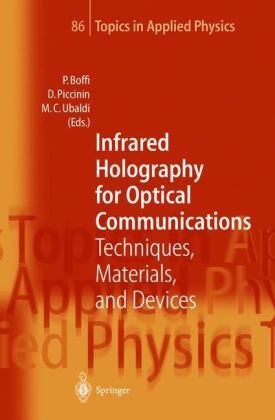
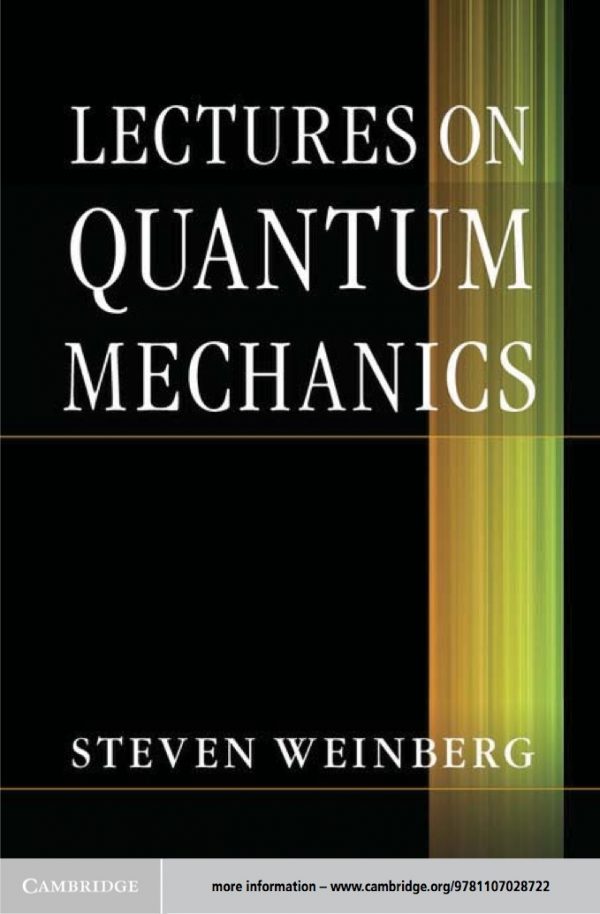
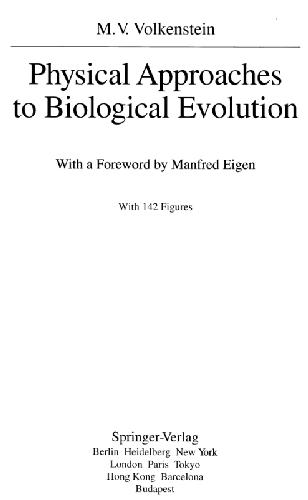
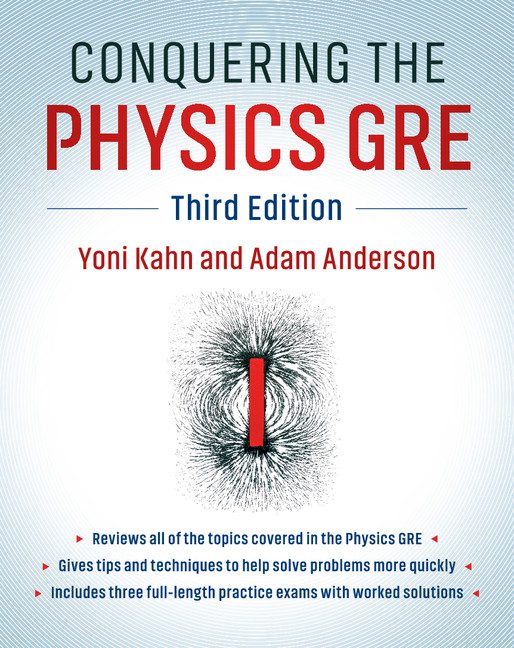
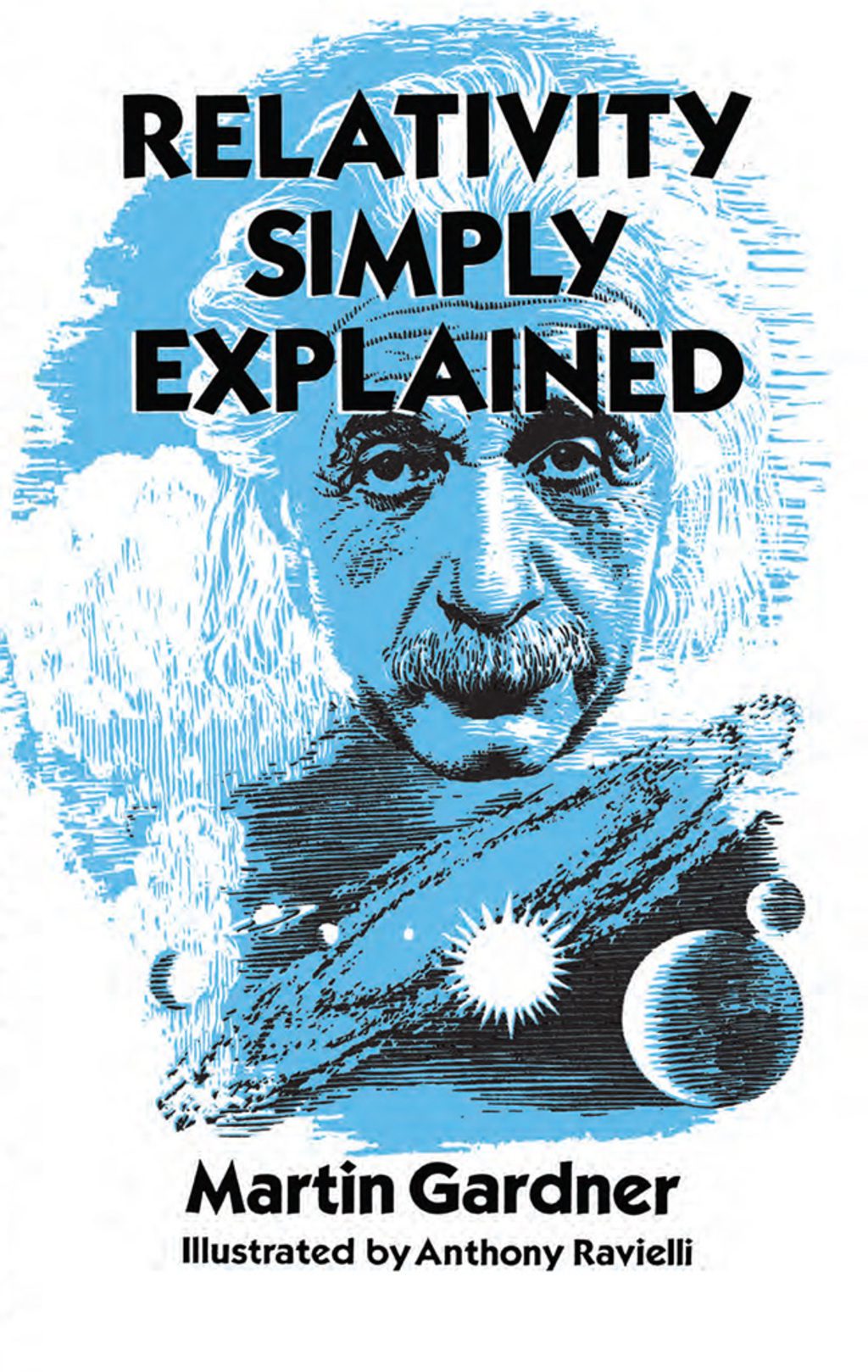
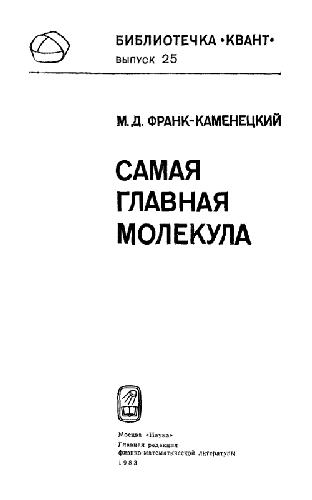
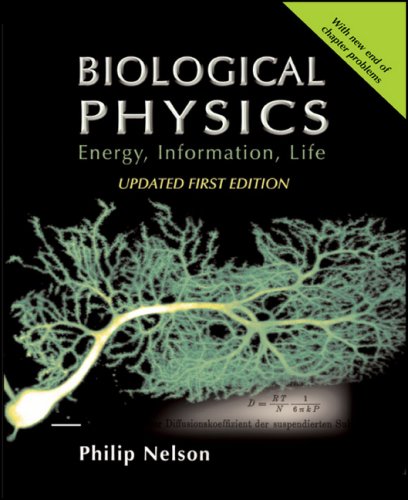
Reviews
There are no reviews yet.